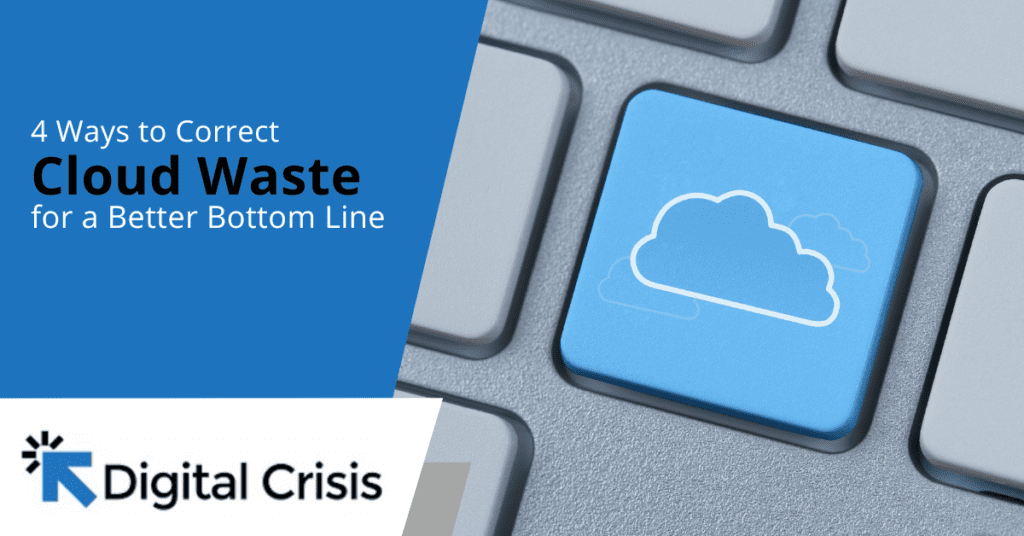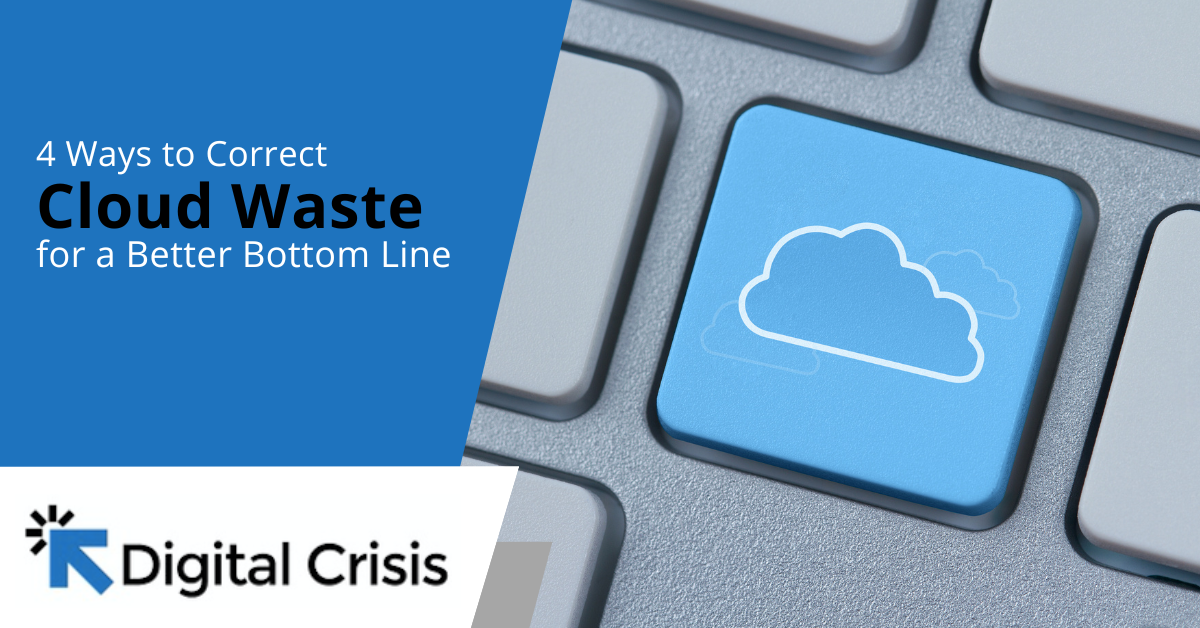
In the ever-evolving landscape of modern business, cloud computing has become an indispensable asset. It offers scalability, flexibility, and cost-effectiveness that traditional IT infrastructure simply cannot match. However, with great power comes great responsibility, and the cloud is no exception.
Many organizations find themselves grappling with a common challenge: cloud waste. The term “cloud waste” refers to the unnecessary expenditure incurred due to inefficient use of cloud resources. In this article, we will explore the various ways in which businesses can correct cloud waste to improve their bottom line.
Understanding Cloud Waste
The Hidden Culprit: Idle Resources
One of the primary sources of cloud waste is idle resources. These are instances or services that are running but not actively being used. It’s akin to leaving your car engine running while you’re not driving – a tremendous waste of fuel and money. Idle resources can accumulate quickly, especially in large organizations with complex cloud environments.
Over-Provisioning Woes
Over-provisioning is another significant contributor to cloud waste. This occurs when organizations allocate more resources (CPU, memory, storage, etc.) to their applications than necessary. It’s a bit like buying a mansion when all you need is a cozy apartment – you’re paying for space you don’t use.
Lack of Governance and Monitoring
Many organizations struggle with the lack of proper governance and monitoring in their cloud environments. Without clear policies and oversight, it’s easy for cloud resources to spiral out of control. It’s like a store without price tags – chaos and overspending are bound to happen.
4 Strategies to Correct Cloud Waste
- Embrace Automation
- Implement Auto-Scaling: Utilize auto-scaling features to automatically adjust resources based on workload. This ensures you’re only paying for what you need during peak times.
- Scheduled Shutdowns: Implement automated scripts to shut down idle resources during non-business hours. This prevents the unnecessary running of instances when no one is using them.
- Rightsize Your Resources
- Regular Performance Analysis: Periodically assess the performance of your applications and adjust resource allocations accordingly. This optimization can significantly reduce over-provisioning.
- Utilize Resource Tagging: Implement resource tagging to categorize and track expenses more effectively. This helps identify underutilized resources that can be downsized or terminated.
- Implement Cost Controls
- Budget Allocations: Set clear budgets for cloud spending and stick to them. Tools like AWS Budgets and Azure Cost Management can help you monitor and control expenses.
- Alerts and Notifications: Configure alerts and notifications for spending thresholds. This allows you to take immediate action when costs exceed predefined limits.
- Foster a Culture of Responsibility
- Educate Your Team: Ensure that your team members understand the impact of their actions on cloud costs. Training and awareness programs can go a long way in reducing wasteful practices.
- Accountability: Encourage ownership of resources and costs within your organization. When teams are responsible for their cloud usage, they are more likely to optimize it.
The Role of Cloud Management Solutions
Cloud Cost Management Tools
Cloud management solutions and tools have emerged to tackle the issue of cloud waste head-on. These tools provide visibility into your cloud spending, offer optimization recommendations, and help you enforce cost-saving policies. Examples include AWS Cost Explorer, Azure Cost Management, and Google Cloud’s Cost Management Tools.
Managed Services Providers
Another option is to engage with Managed Services Providers (MSPs) specializing in cloud cost optimization. These experts can assess your cloud environment, identify areas of waste, and implement cost-effective solutions on your behalf.
The Path to a Better Bottom Line
Correcting cloud waste is not a one-time effort; it’s an ongoing journey. Organizations must continuously monitor, analyze, and optimize their cloud resources to maximize cost savings and improve their bottom line. It requires a combination of technology, policies, and a cultural shift towards responsible cloud usage.
So, whether you are a startup striving to make every penny count or a large enterprise aiming to streamline your IT expenditure, addressing cloud waste is essential. By implementing the strategies mentioned above and leveraging the right tools and expertise, you can take control of your cloud spending and pave the way for a better bottom line.
At Digital Crisis, we’ve witnessed the transformative power of addressing cloud waste. We’ve helped numerous organizations achieve significant cost savings while enhancing their cloud performance.
If you’re ready to take control of your cloud expenses and boost your bottom line, feel free to contact us. We’re here to assist you on your journey to cloud cost optimization. Together, we can unlock the full potential of your cloud infrastructure.
